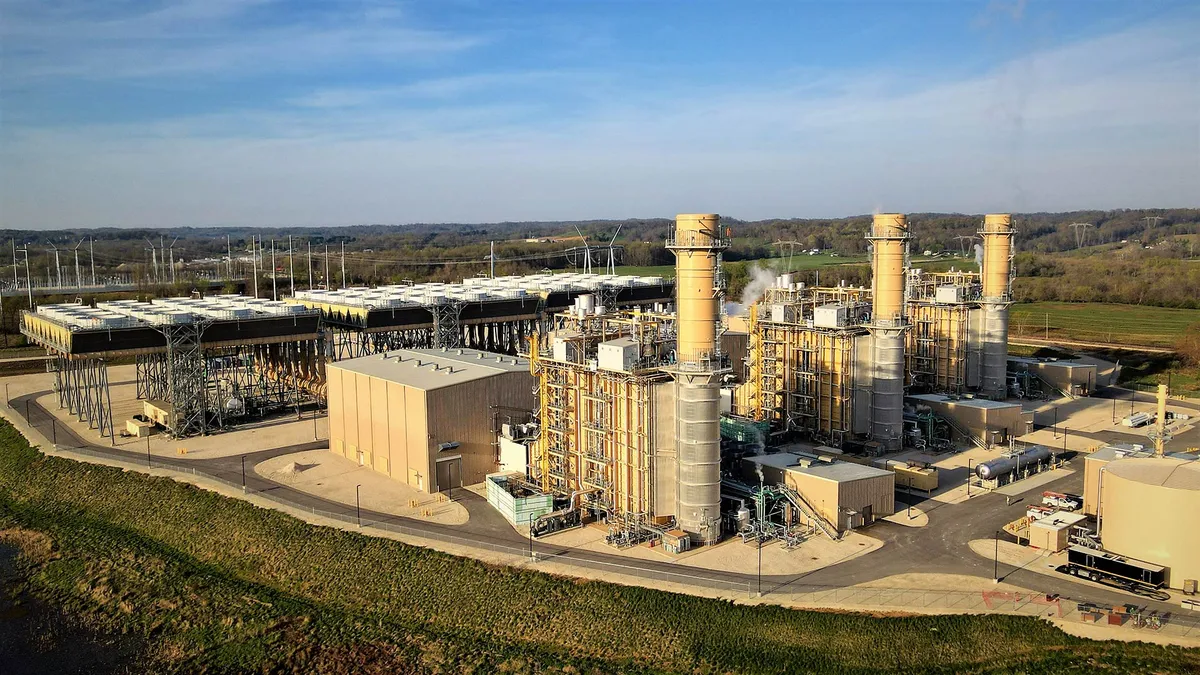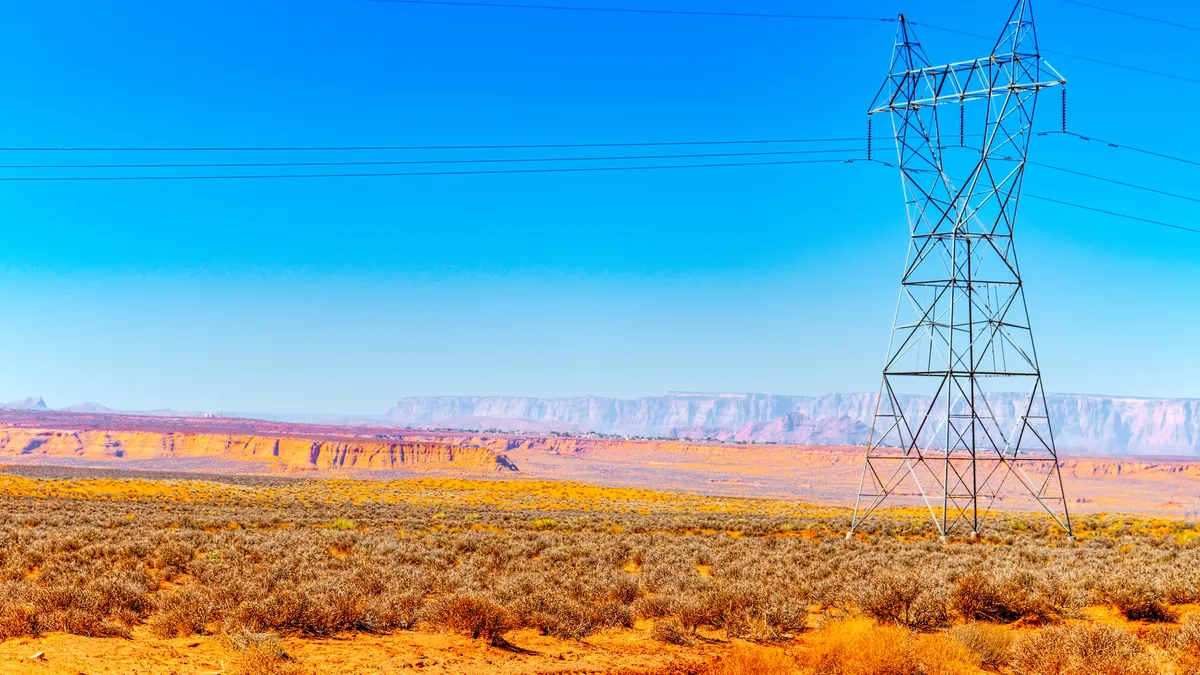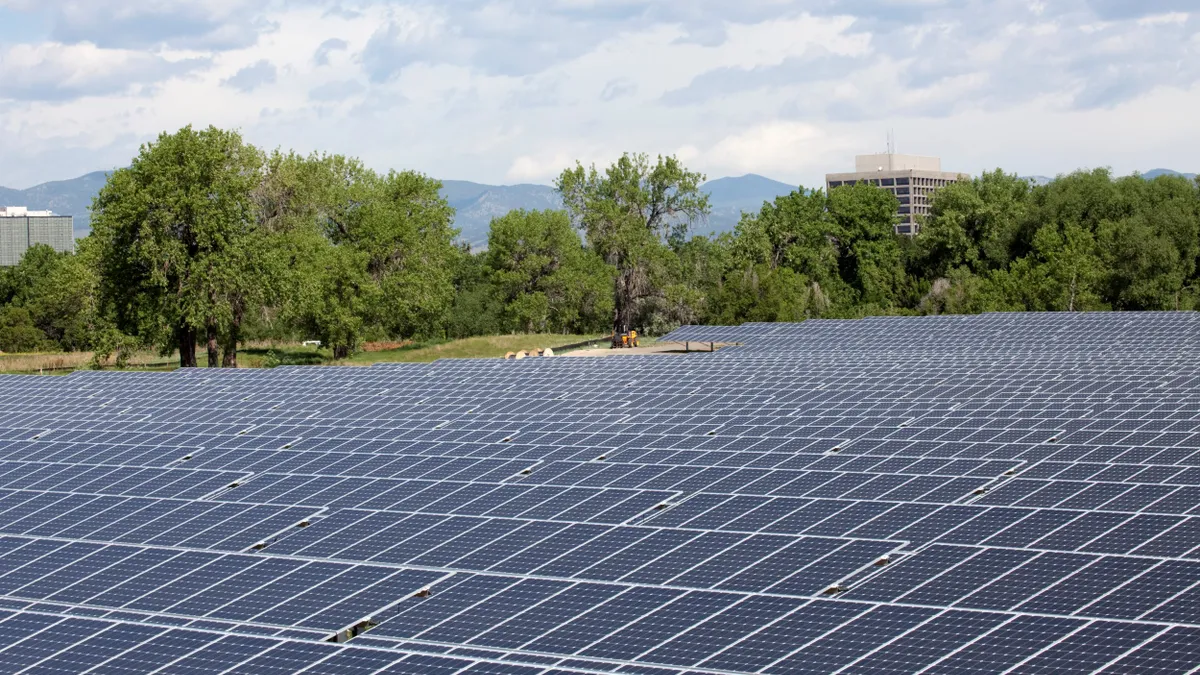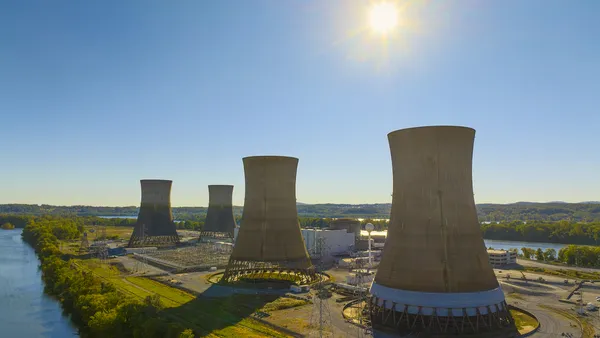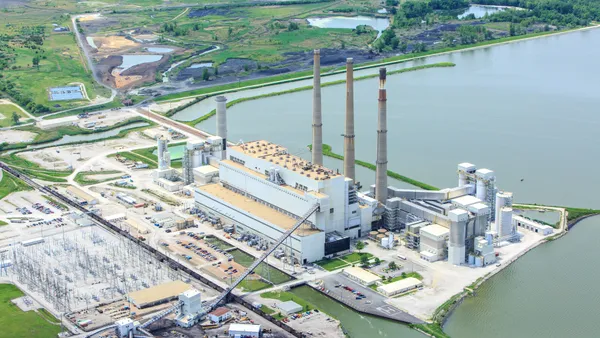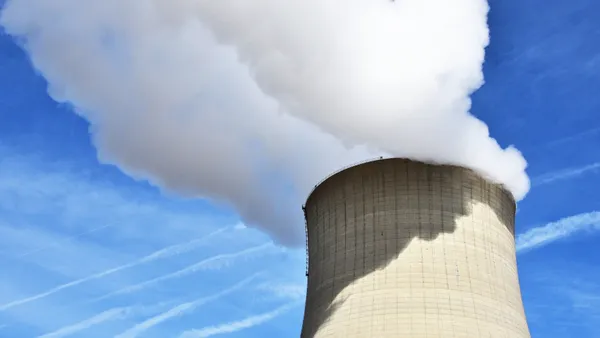Dispatchable power plants could gain priority in interconnection queues under legislation introduced in the House and Senate on Thursday.
“This legislation would give grid operators the authority to identify and expedite the consideration of essential projects that will protect our grid’s reliability and provide the power needed to meet America’s growing demand,” Rep. Troy Balderson, R-Ohio, the bill’s House sponsor, said in a press release. Balderson introduced the same legislation in the previous Congress where it died in committee.
Sens. John Hoeven, R-N.D., and Todd Young, R-IN, introduced a companion bill in the Senate.
Starting about a decade ago, there was a surge in wind and solar projects, and more recently storage projects, seeking to interconnect to the grid, according to the Lawrence Berkeley National Laboratory.
In 2023, solar interconnection requests totaled 1.1 TW, storage requests totaled 1 TW, wind requests totaled 366 GW and gas-fired requests totaled 79 GW, according to the lab’s most recent report on the U.S. interconnection queue. Generating projects that started operating in 2023 faced a 5-year median time between entering the interconnection process and coming online, the lab said.
Grid operators have responded to the backlog by reforming their interconnection processes, including by setting more stringent financial requirements to discourage speculative projects that have little chance of being built. Most recently, the Federal Energy Regulatory Commission is reviewing a proposal by the PJM Interconnection that would give 50 generating projects that meet reliability-oriented criteria a one-time, fast-track interconnection review.
Under the legislation introduced Thursday — the GRID Power Act — FERC would have 60 days to review proposals from regional transmission organizations and independent system operators for specific projects that would be pushed to the head of interconnection queues.
The RTOs and ISOs would have to show the proposed projects would bolster grid reliability and resilience, according to the legislation. The bill defines dispatchable power as “an electric energy generation resource capable of providing known and forecastable electric supply in time intervals necessary to ensure grid reliability.”
The bill requires FERC to start a rulemaking process to implement the legislation within 90 days after the bill becomes law, and complete the rulemaking within 180 days.
The Electric Power Supply Association, a trade group for independent power producers, supports the bill.
“Grid operators should be given significant flexibility to address current or future reliability concerns, including the creation of an accelerated interconnection for resources identified as critical to maintaining reliability,” Todd Snitchler, EPSA president and CEO, said in a press release.
Other supporters of the legislation include the American Exploration & Production Council, a group for oil and gas companies, the Ohio Oil and Gas Association, the Ohio Chamber of Commerce and the Ohio Manufacturers’ Association.



